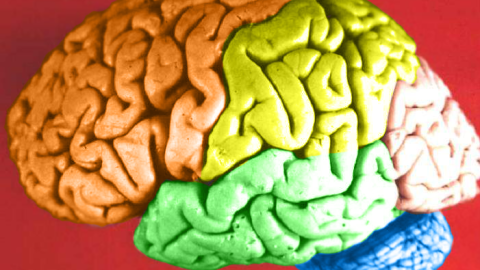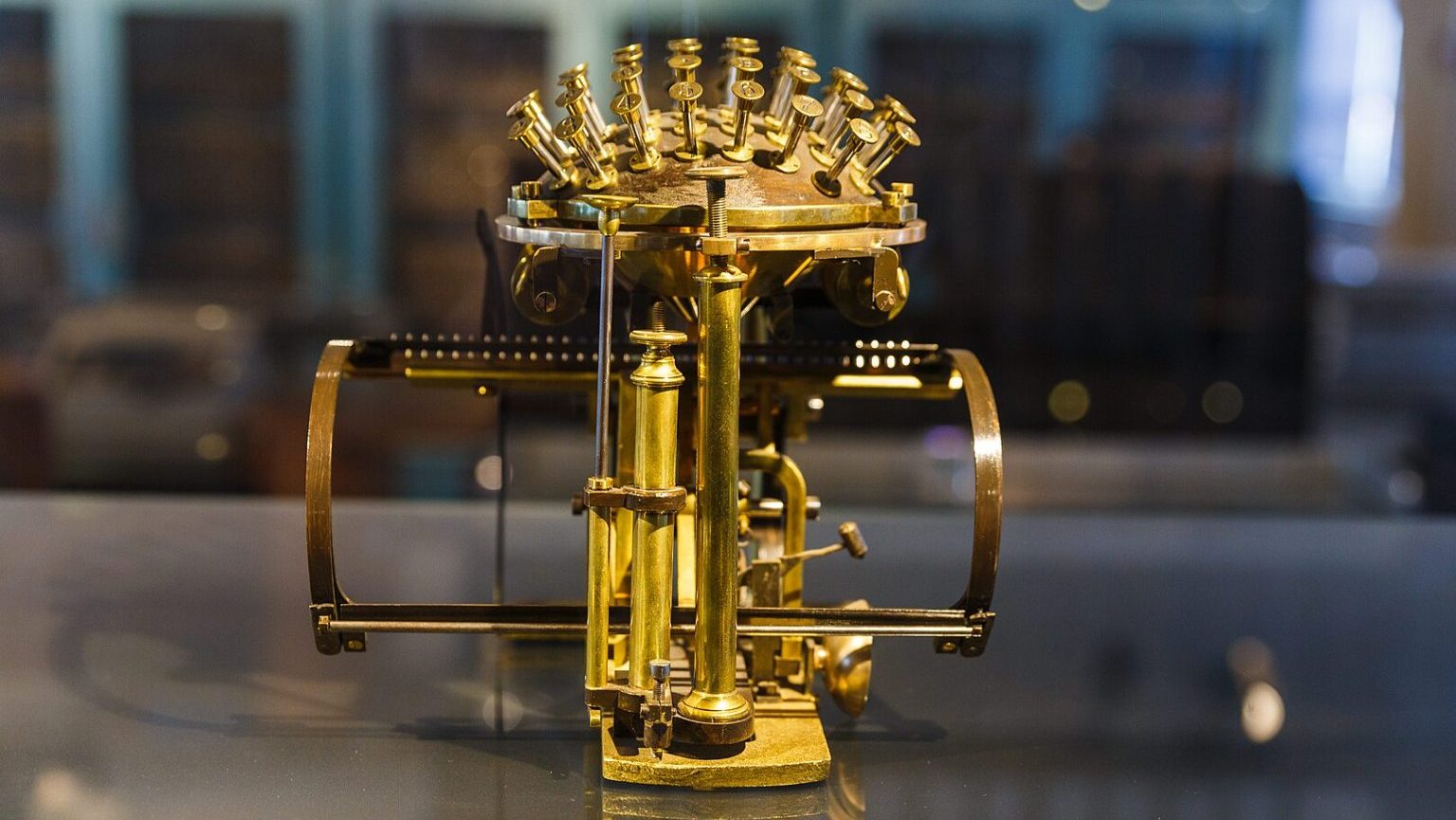How the Brain Appreciates Art

What’s the Latest Development?
Scientists have found that the area of the brain activated by viewing works of art, which were associated with positive emotions, is the same area involved in the processing of negative emotions like disgust and pain. This is because “the nature of this appraisal depends very strongly on what one’s current physiological state is. The sight of chocolate cake will lead to positive aesthetic emotions if I’m famished but to feelings of disgust if I’m sick to my stomach.” So evaluating a work of art also entails evaluating how one feels at the time of viewing.
What’s the Big Idea?
Philosophers have long spoken of aesthetic appreciation as though it were a distinct faculty of the mind. On a certain level, it seems reasonable that we do not look at a burrito the same way we look at a Vermeer painting. But neuroimaging devices show that our approval or disapproval of something is processed by the same part of the brain. “The most reasonable evolutionary hypothesis is that the aesthetic system of the brain evolved first for the appraisal of objects of biological importance, including food sources and suitable mates, and was later co-opted for artworks such as paintings and music.”





